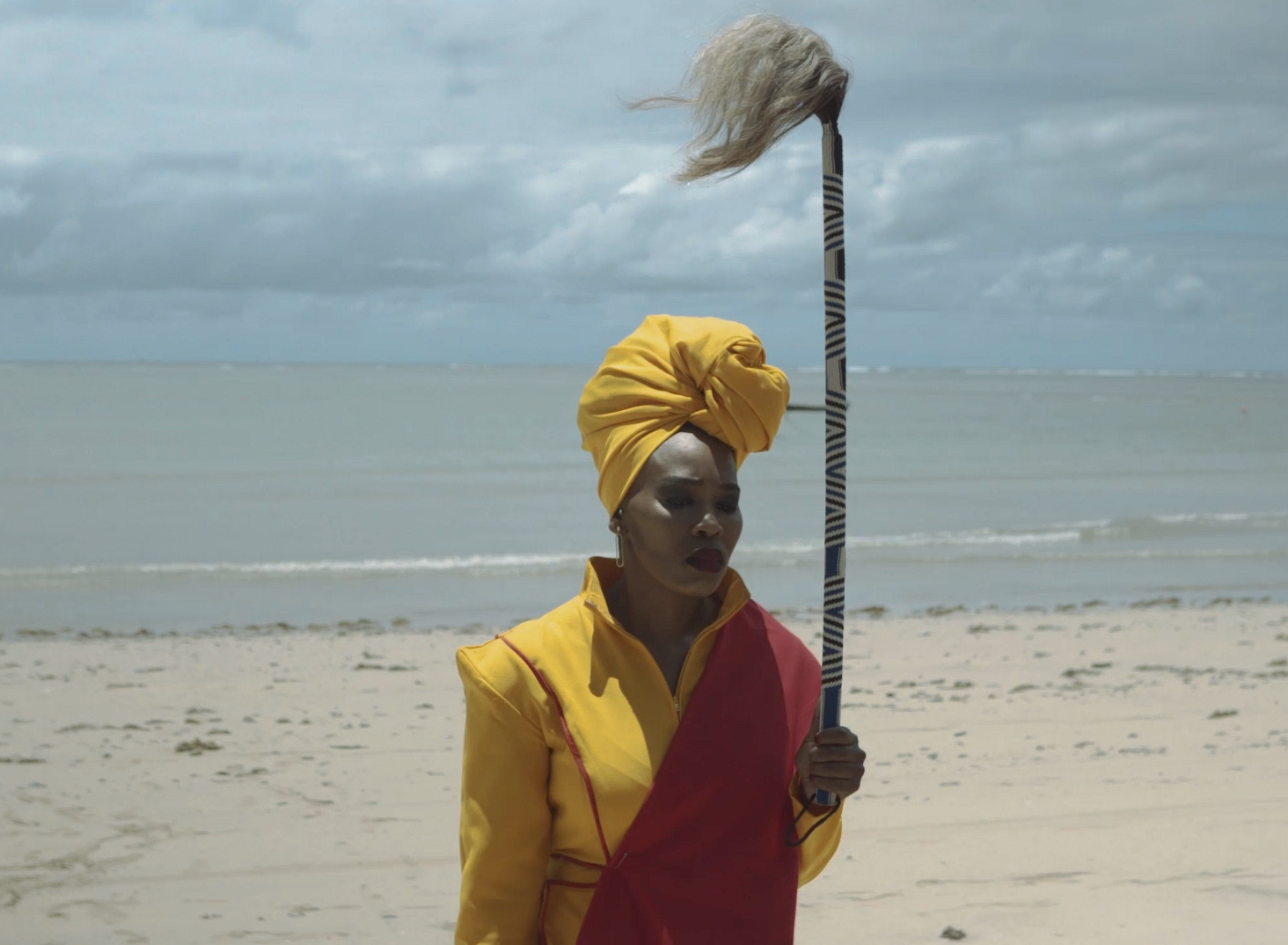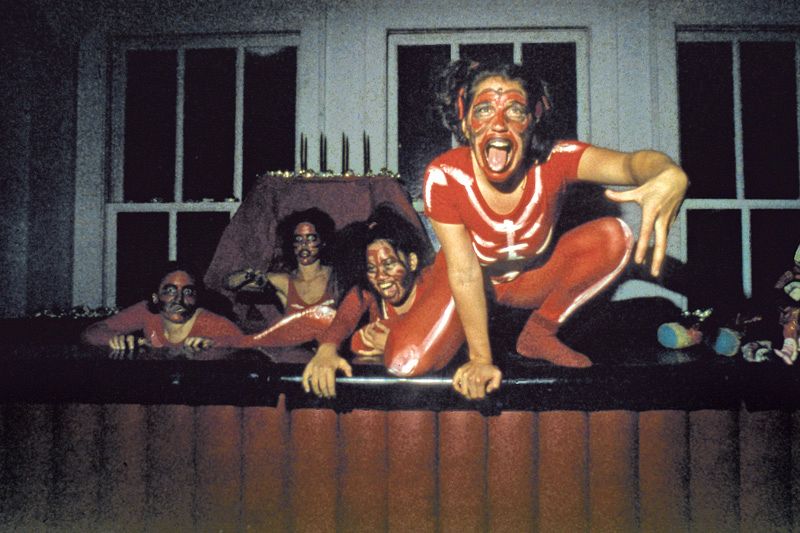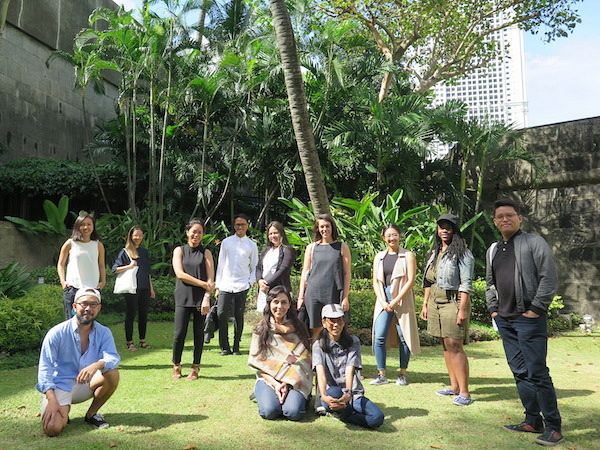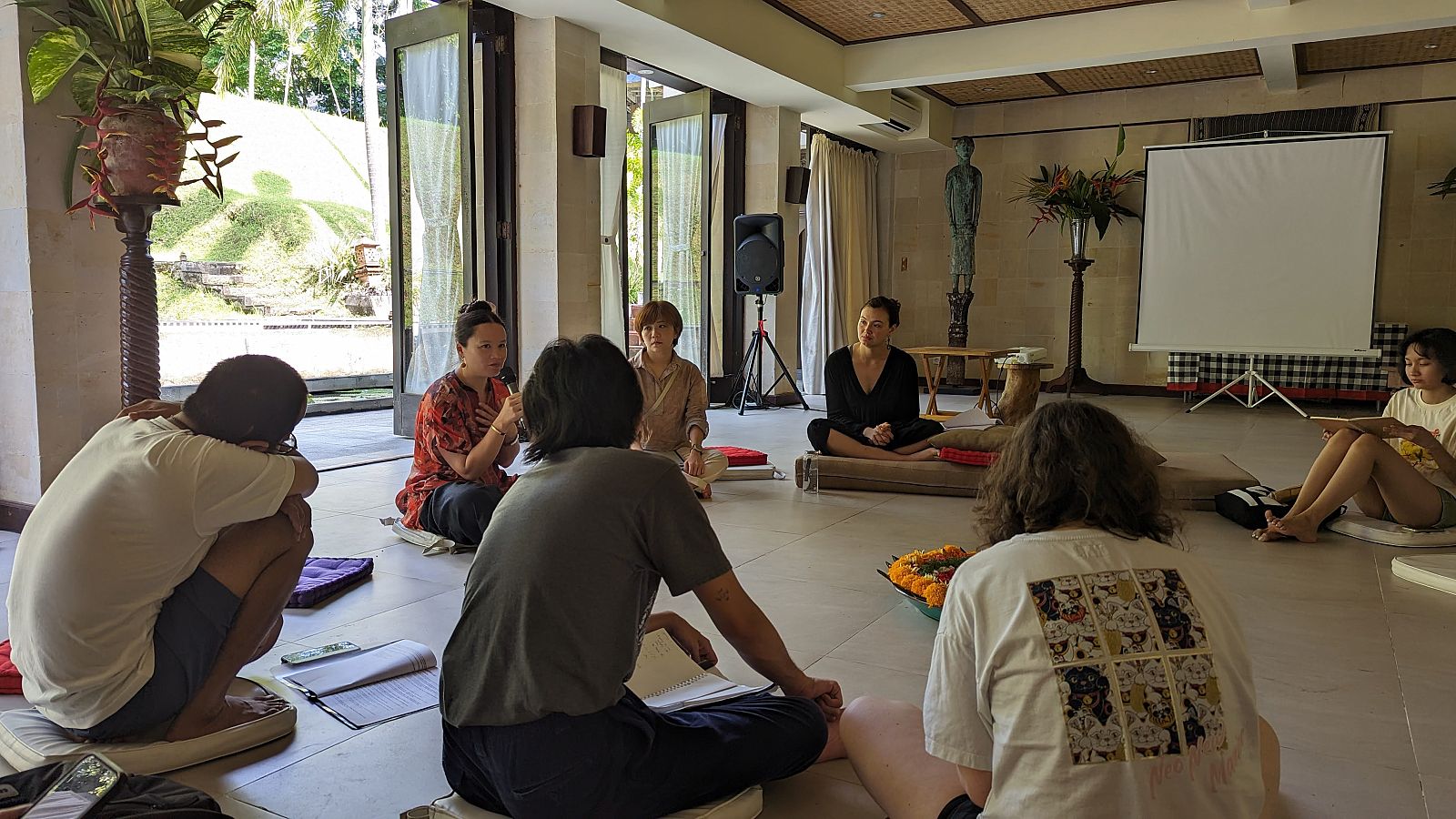Curator Van Do developed this proposal during the 2024 Curatorial Intensive in Indonesia. The Hanoi Creative Design Festival will take place November 9-17, 2024.
Background
Hanoi Creative Design Festival 2024 (scheduled to take place November 9–17, 2024) is the 4th edition of the annual interdisciplinary festival, which has been organized by multiple governmental agencies of Hanoi since 2021 in response to its inclusion in the UNESCO Creative City Network. Each edition of the festival takes over a different public space that is considered “heritage”—both historically important and politically contested—to the people of Hanoi. In 2021 and 2022, the festival took place at the Cantonese Assembly Hall (Hoan Kiem District), while in 2023 it was held at Gia Lam Train Factory (Long Bien District) and Hang Dau Water Tower (Ba Dinh District), inviting many creative practitioners from different fields to participate and propose artistic, architectural, and community projects to intervene and dialogue with the chosen sites.
Despite its questionable methodology to view “heritage” from the perspective of “creative industries,” this framework of the festival does offer artists and curators alike potential possibilities to rethink and activate the spaces, histories, and memories of Hanoi, a city that has gone through many historical upheavals and socio-political transformations and is constantly being renegotiated. More importantly, it also raises important questions about what is considered “heritage,” and who gets to decide. Against the backdrop of the capital city's ambitions for urban planning and development, what will be remembered and what will be forgotten? Instead of mere nostalgia for the good old days and the desire to keep everything as it is, what can we do to critically engage with the city’s past while suggesting new perspectives on, and even practical solutions for, the preservation of such legacies?
Curatorial rationale
For the 2024 edition of the festival, the curatorial team, comprising of Vân Đỗ (Lead Curator), Lê Thuận Uyên, Phạm Minh Hiếu, and formerly Vũ Đức Toàn, has chosen Hanoi Children’s Palace as a departure point, a site of exploration, and a framework.
- Built during the post-war reconstruction of Hanoi (1974–1976) and incorporating parts of the complex renovated from the colonial-era French kindergarten (built around 1930), Hanoi Children’s Palace is a unique combination of Indochinese and Modernist architecture. Located only 1 kilometer to the east of Hoan Kiem Lake, the Children’s Palace is in danger of being demolished due to its large area of land in a high-value area of the city.
- For the past 60 years, the Hanoi Children’s Palace has played a significant role as a cultural and educational institution for children of many generations, and is accessible to families across all socio-economic backgrounds. Historically associated with the socialist pioneering youth and children’s movements, the site holds the first beautiful memories for generations of children but also marks the first intervention in the education of socialist values.
- Due to several reasons—including the shift of the institution’s operational and financial model from being fully subsidized by the state to becoming financially independent, the increasing privatization of education at large, and the newly-built and hugely invested Children’s Palace in Nam Từ Liêm District— the old Children’s Palace suffers from degradation in its physical form; its programming is also shrinking in terms of the availability of classes and teachers and thus, its future is hanging in the air [1].
As a framework, the site of choice proposes that the “center” can also run the risk of being forgotten and uncared for, despite its location in one of the most important, well-invested districts in Hanoi’s urban planning and administrative histories. Thus, Hanoi Children's Palace: Nostalgia for the future, as a curatorial project in response to Hanoi Creative Design Festival 2024, proposes a lens through which the “center” can be viewed from the position of the secondary and the minor, with the “secondary” areas of the “main” buildings and areas across the festival spaces conceived and re-imagined as temporary public spaces to make visible and reclaim spaces for small narratives and minor subcultural groups.
Proposed activities
Through a series of on-site and off-site exhibitions, film screenings, musical and theatrical performances, architectural interventions, and a curated satellite program including workshops and thematic discussions, Hanoi Children's Palace: Nostalgia for the Future is a site-specific project that aims to:
- Imagine world-building from the perspectives of children and center the notion of play
- Re-interpret and respond to the site’s architecture, history, collective memory, and location
- Reflect on the philosophy of education in general and the legacy of socialist education in particular
- Realize unfinished plans and pay tribute to intergenerational legacies from the previous generations of artists
- Propose new dialogues and interpretations with legacies and histories, specifically with a “heritage” that is still "alive" and its activities and “owners” still in place
[1] Vietnamese Association of Architects sent a petition to keep the Hanoi Children's Palace in 2018: https://tuoitre.vn/hoi-kien-truc-su-viet-nam-gui-kien-nghi-giu-lai-cung-thieu-nhi-ha-noi-20210402164424625.htm






